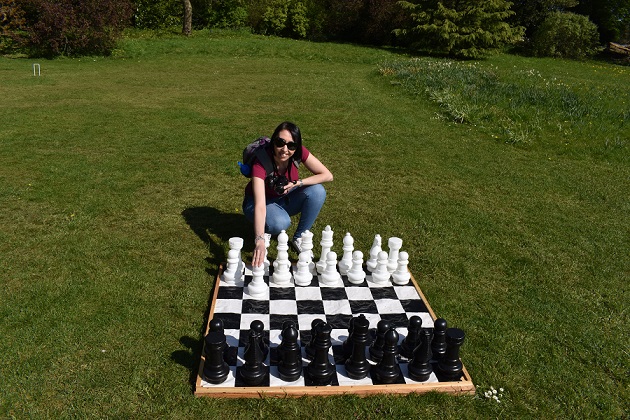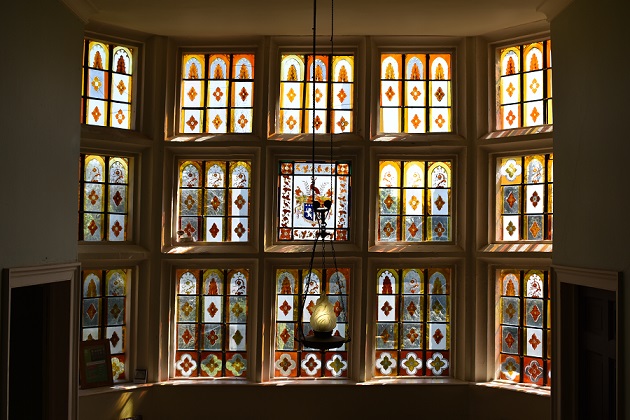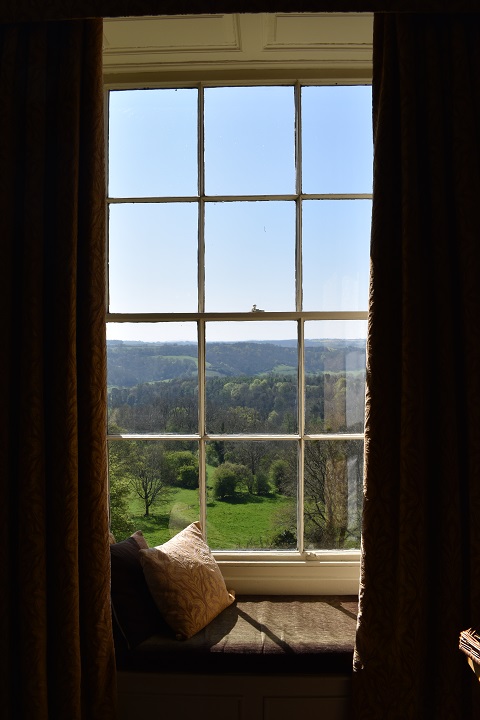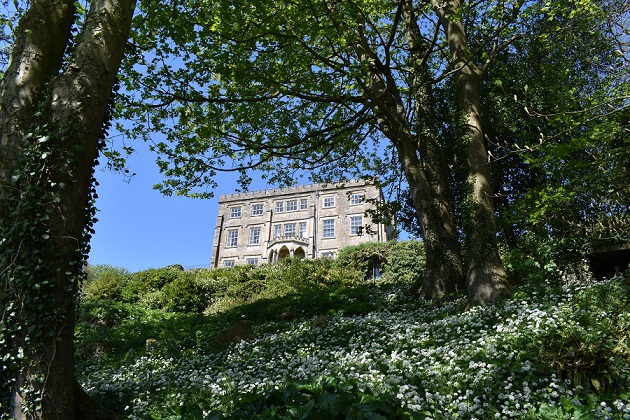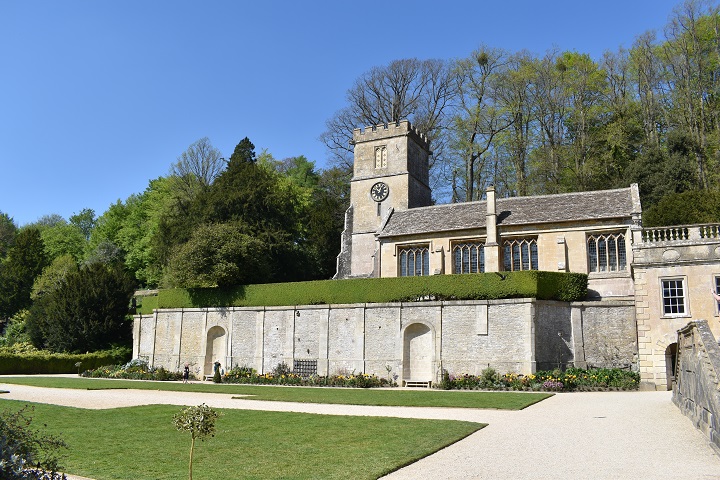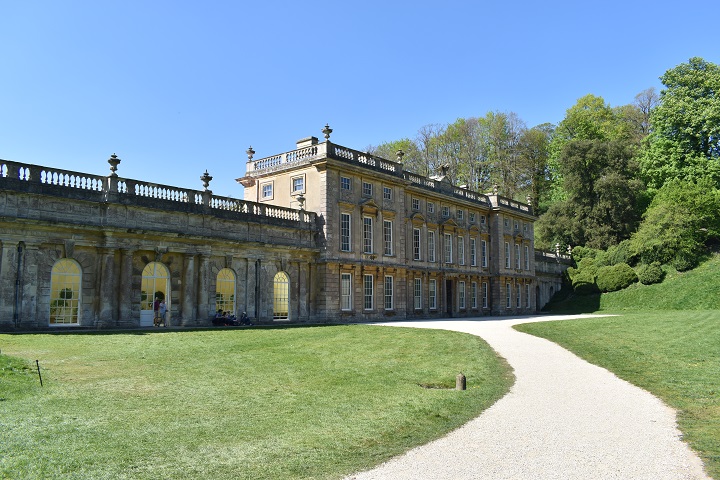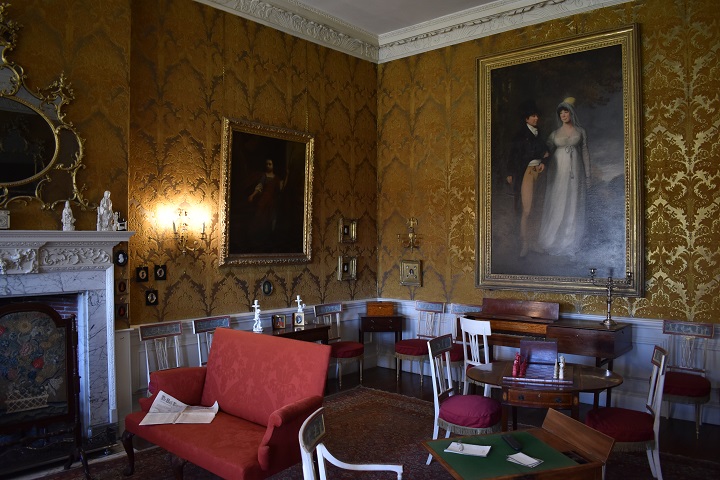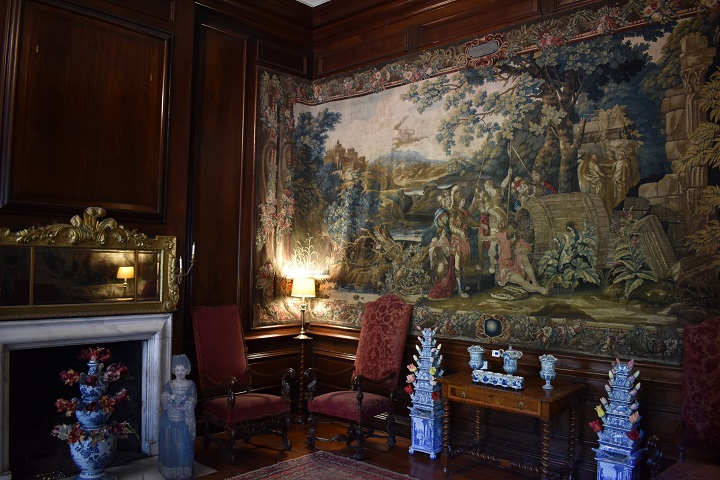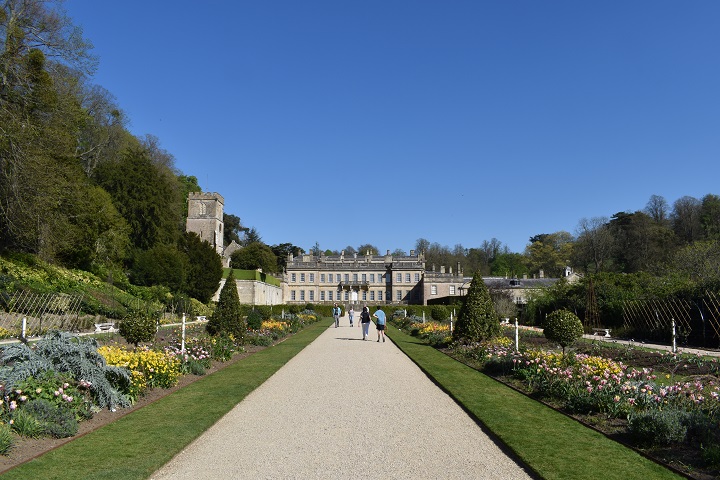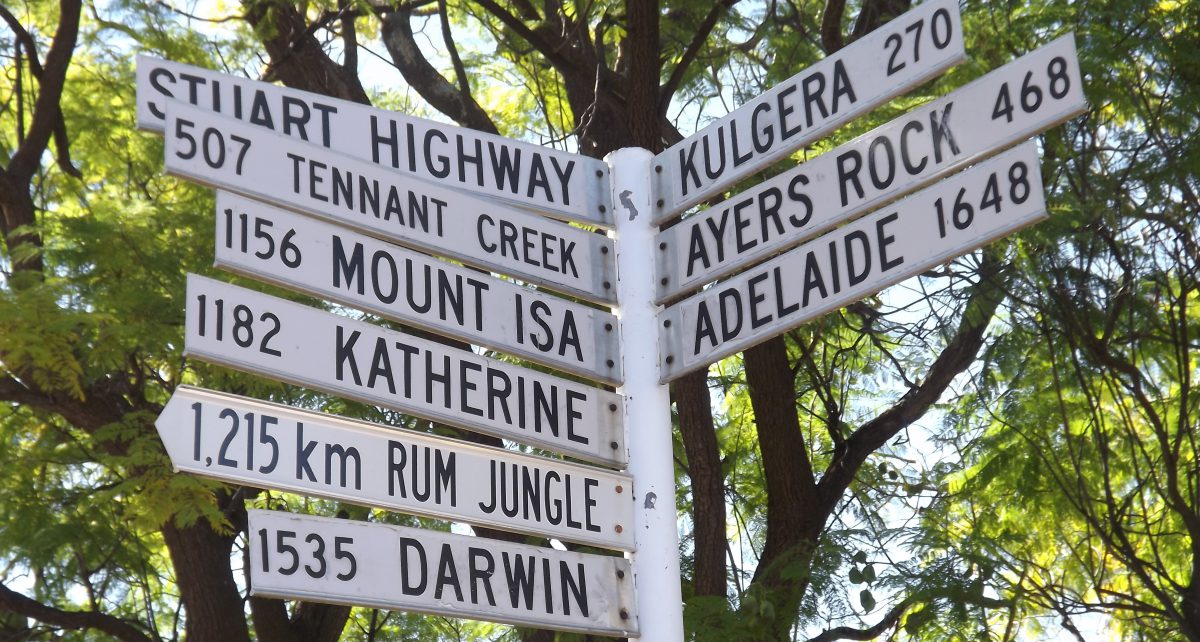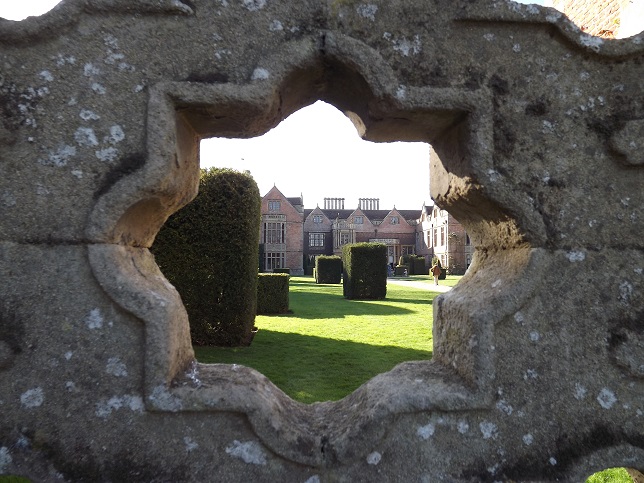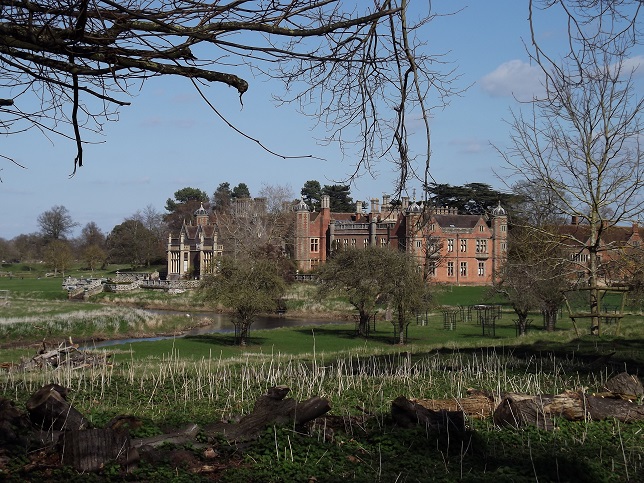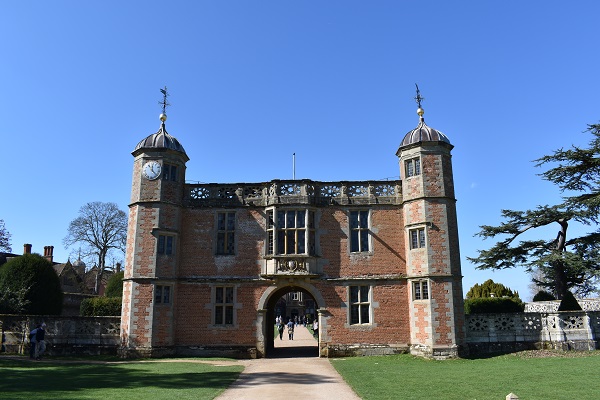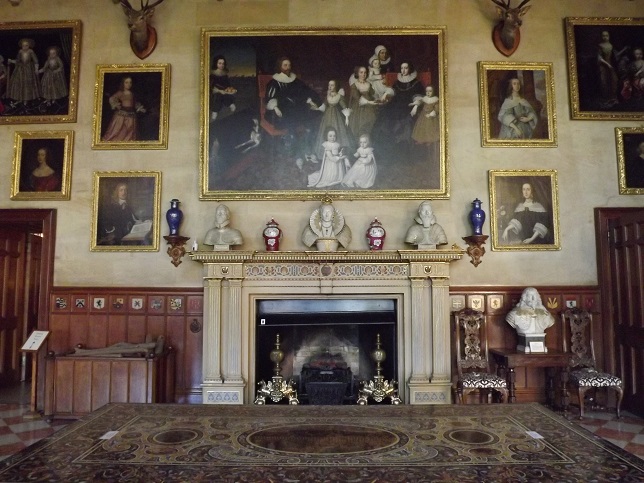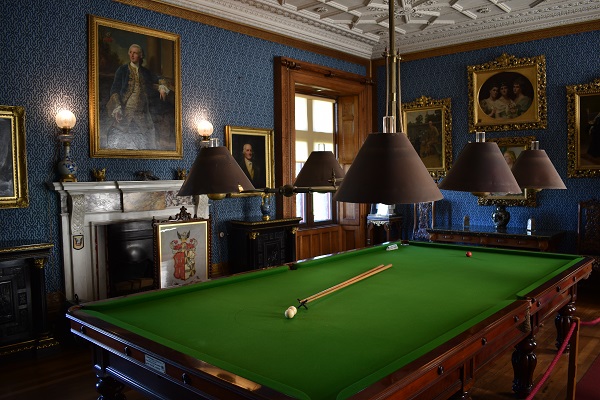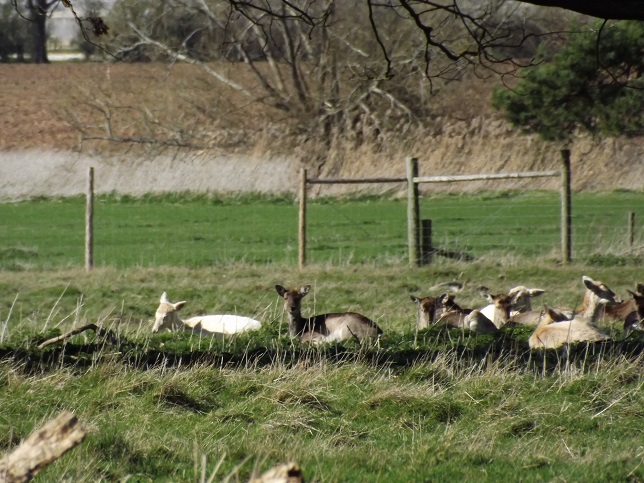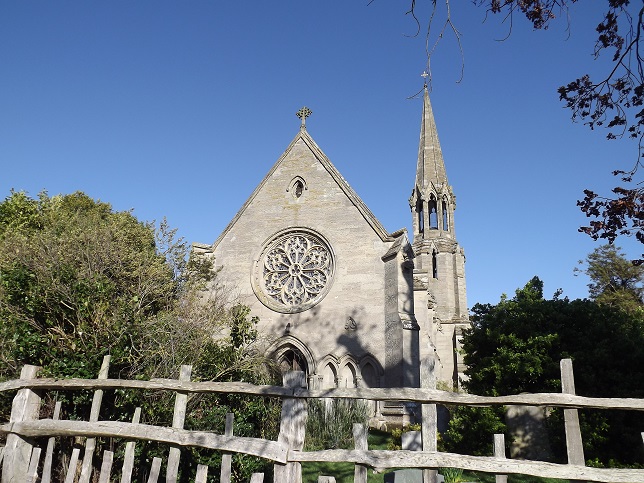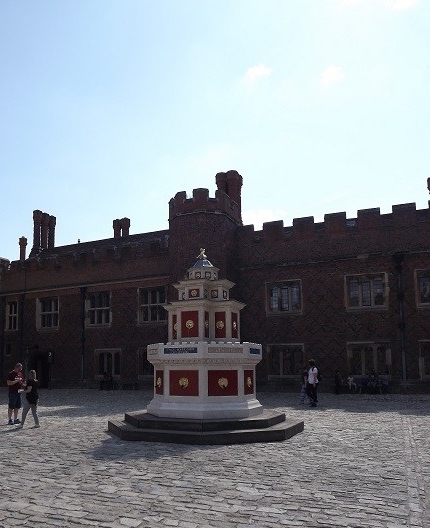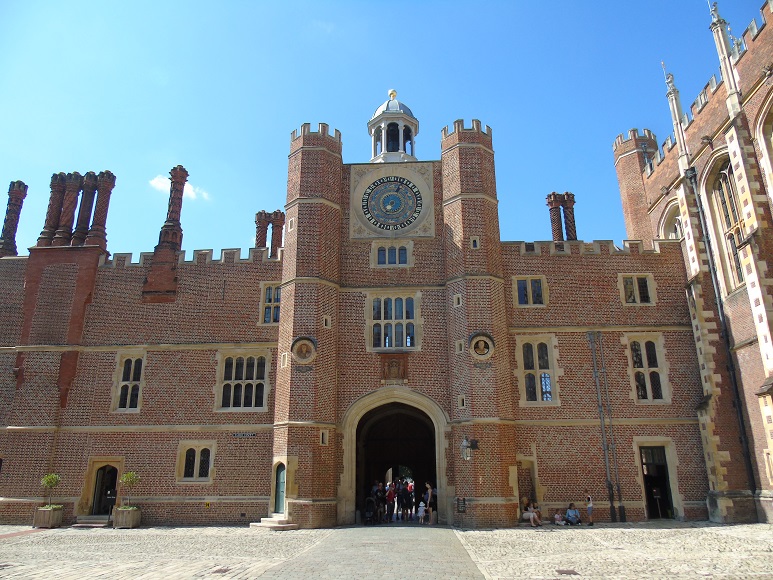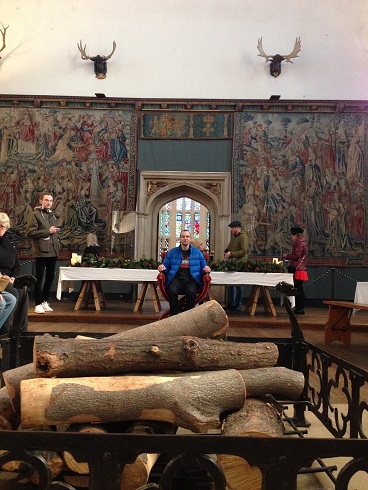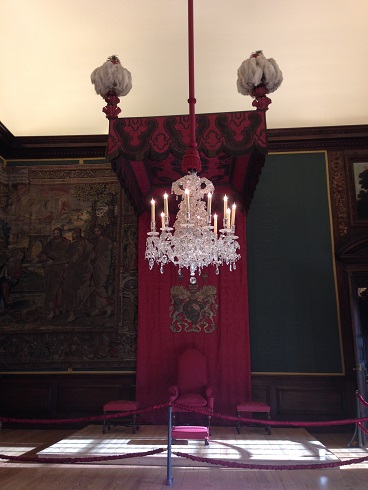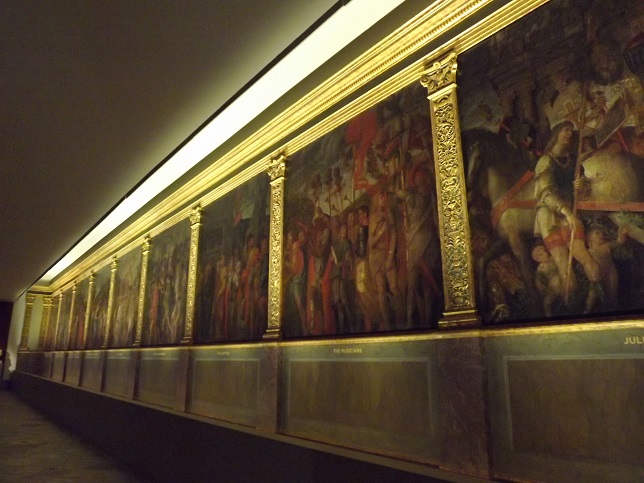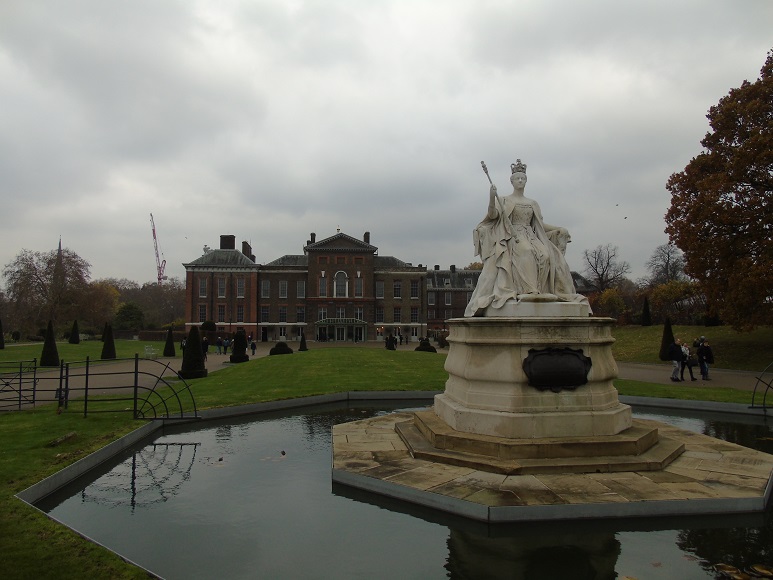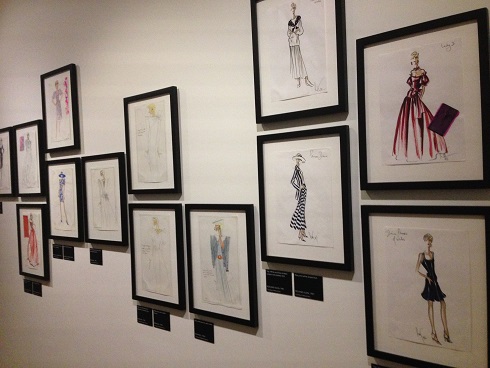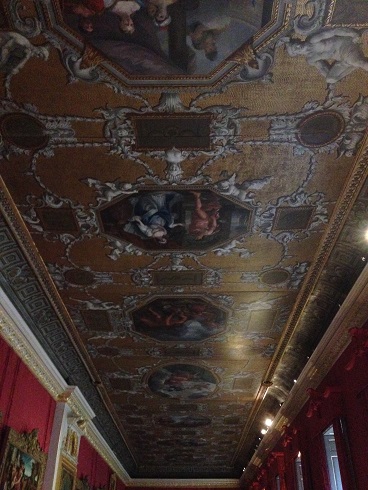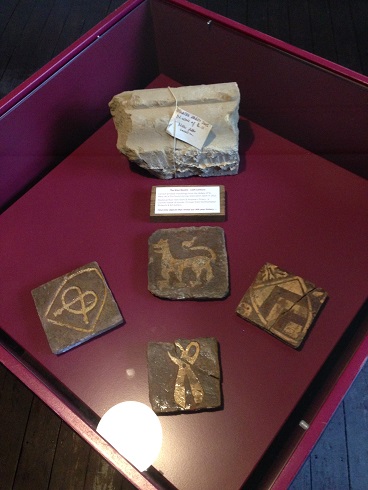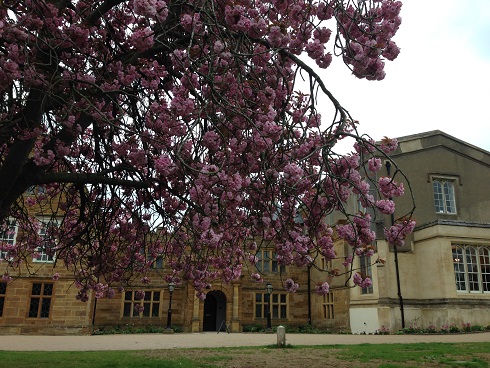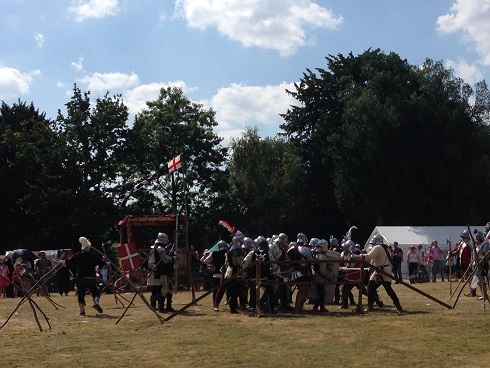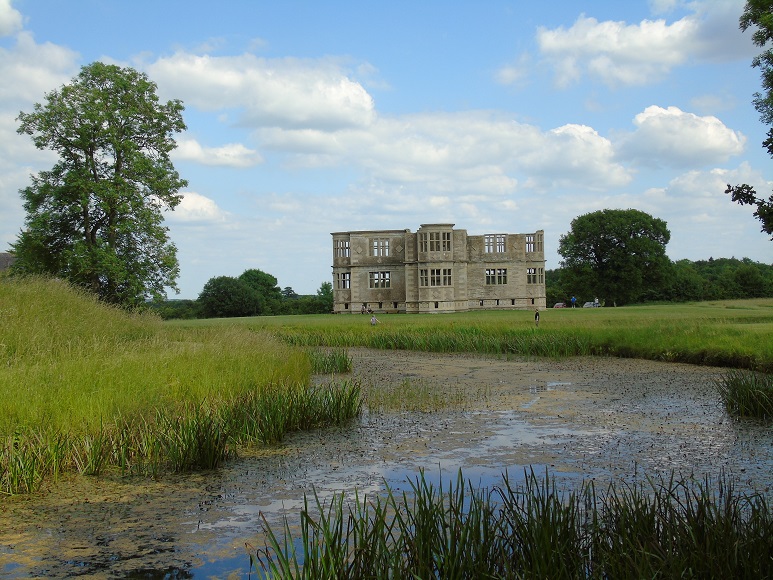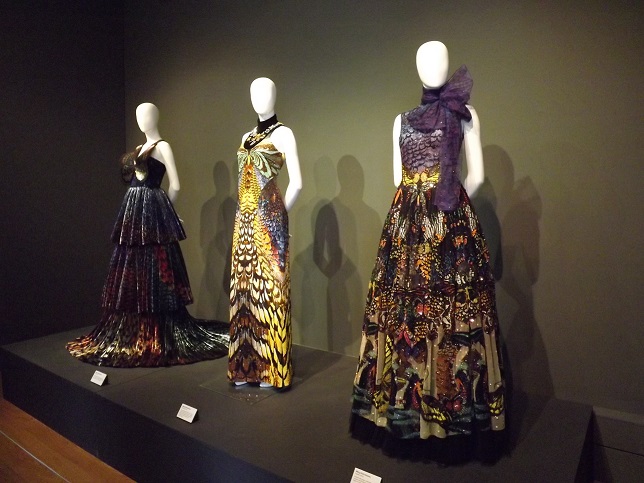Dear travellers,
Although the main season of Stately Homes sees many of them closing for the winter season, many stay open all year, especially those who are part of the National Trust circuit. We have done our best to fit as many as we could in the summer months and we are planning to visit more of those that stay open over the winter.
You may have read our previous post dedicated to the beginning of our tour. If not, or if you would like to refresh it, here is the link. Today, we are going to take you on another tour, I hope you are ready!
Hinchingbrooke House
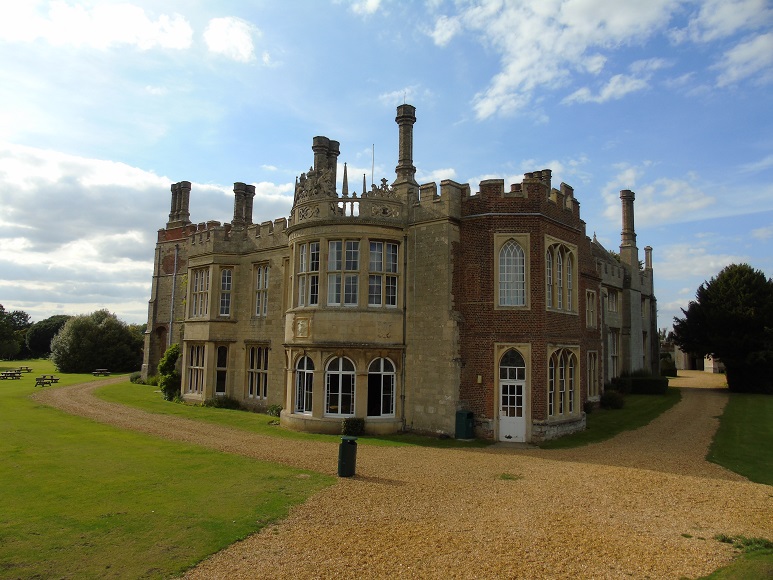
Similar to Kimbolton Castle (featured in part one) this stately home is now owned by and used as a school. Hinchingbrooke House is open more often though, and visits are possible on most weekends throughout the school summer holidays. Also like Kimbolton Castle, its current primary use means that most of the rooms have been redecorated and re-furnished, yet the house’s history has still been well maintained. The library is still kept in its original state, including the stained glass windows (although one has been damaged by an errant cricket ball, which is the reason ball games have now been banned!), and it is probably the most elegant exam room I have ever seen! The drawing room has also been maintained in its original state, which is where you will be served your complimentary tea or coffee and cake at the end of your tour.
As for the rooms that have been converted into classrooms, some original features have been retained and preserved. A fireplace with graffiti from dates throughout the house’s history stood proudly in one classroom, while in another an original window that had been discovered during renovations is framed as would be any wonderful work of art. The building has had many previous uses, and started out as a nunnery. There has also been many modifications and additions made to the building at various points during its history, and it is very interesting to be able to see where one style finishes and another starts.
This was one of the most enjoyable tours I have had of a stately home, entirely thanks to the volunteers that provide them. £5 a head for a guided tour from an enthusiastic former student with a real passion for the house and its history, with tea and cake at the end, really was a bargain and I can’t recommend it highly enough.
***
This is a small stately home that we have seen so many times on our way to our regular food shopping and never really paid attention to. When we finally looked it up, we realised that it is now a school but that it opens to visits on Sundays during the summer school holidays.
The building is a mix of Tudor style and earlier architecture that belonged to a nunnery dating back to the XIII century. The entrance leads immediately to a former banquet hall with a fireplace showing the crest of the family. The Montagues were in the navy and the crest represents this activity with the motto Post tot naufragia, portum (after so many shipwrecks, a haven).
The house belonged to the Cromwell family before passing to the Montagues but it was with the Montagues that it started being the centre of British naval history, as the Earl was not only an admiral himself, but he was also patron to James Cook. Hinchingbrooke House is said to have hosted the first recorded barbecue in history when one of the guests was a Polynesian man, Omai, who roasted mutton on heated stones in the grounds as it was traditional in his land.
Another food related story is the one about the creation of the sandwich. The Montagues were the Earls of Sandwich and the Fourth Earl, John, used to have salt beef between two slices of bread when he was on admiralty duties and this food then took the name of sandwich from him.
Apart from the legends, also including some ghost stories, the building itself is in incredible shape and I was surprised to see that the furniture and paintings are very well kept despite the fact that the house is in constant use for the school. There is a clear distinction between the part that belongs to the nunnery, with narrow spaces, and the Tudor part, more open and with straight walls.
The library is beautiful, with bookshelves all around the room and big, bright, tall windows decorated with stained glass. The grounds are not extremely big but very nice, and you can enjoy a tea and cake there, as you have them included in your ticket at the end of the tour.
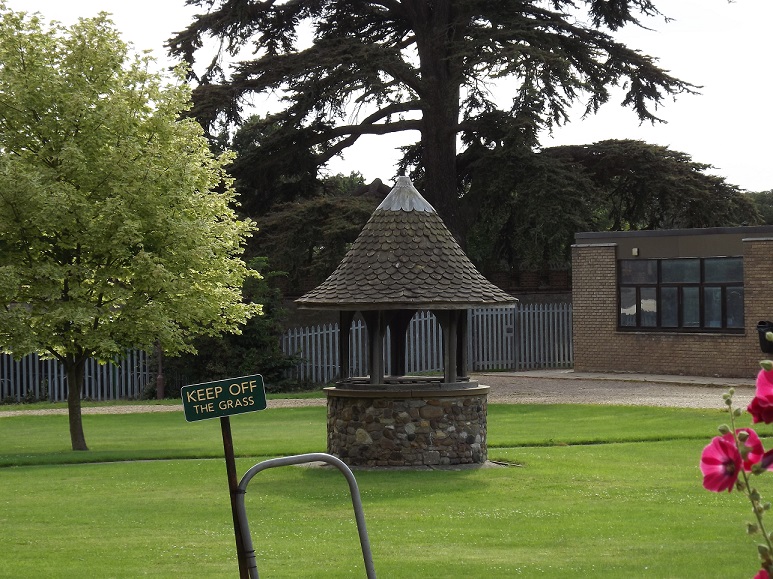
Highclere Castle
This house is probably the most famous as, for those of you that haven’t watched the series, Highclere Castle is the stately home featured in Downton Abbey. Naturally this makes it a very popular place to visit, and therefore tickets must be prebooked well in advance. We managed to secure tickets for the bank holiday in August, and endured the months of waiting for the day of our visit to arrive.
Save for the first episode (which Ms Lust made me watch so I would recognise the main parts of the house) I have never watched Downton Abbey, so the link between the two was a little lost on me. I was clearly in the minority however, and it seems that Highclere Castle has tried possibly a bit too hard to try and appeal to its popular fan base. Almost every room contained large prints of previous filming taking place in it, along with many other photos and artefacts from the series dotted around the house. This spoiled it a bit for me, as I wasn’t interested in Downton Abbey and would have much preferred to have seen Highclere Castle as it was originally intended.
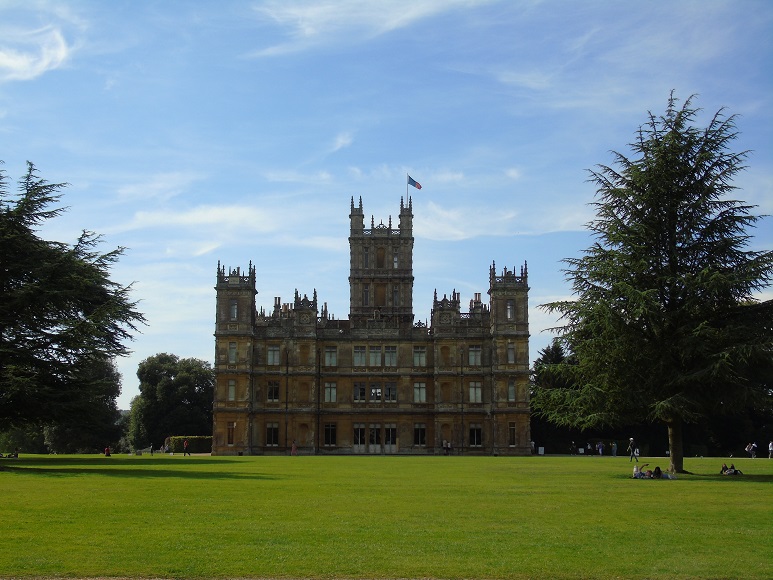
The house itself is very impressive from the outside, and one of the largest stately homes that we have visited. The rooms inside are still very beautiful and adorned with many extravagant paintings and ornaments, once you can see beyond the more recent paraphernalia. I was particularly impressed with the Ancient Egyptian exhibition in the basement. One of the previous owners of Highclere Castle was Lord Carnarvon, who is remembered most famously for backing Howard Carter’s excavations in The Valley of the Kings, namely those that led to the discovery of Tutankhamun’s tomb. Naturally this features heavily throughout the house, and is the reason for the exhibition. The first room contains actual artefacts recovered from digs in The Valley of the Kings, including jewelry items and an almost complete sarcophagus. The following rooms use replicas to recreate scenes from inside Tutankhamun’s tomb, with a burial chamber and a room built to allow visitors to see what Howard Carter’s first glimpse of the treasures buried inside would have been like. I found the whole exhibition really interesting and actually enjoyed that more than the tour of the house, it almost even made up for not having visited the tomb when we were in Luxor earlier in the year (click here for our post about that trip).
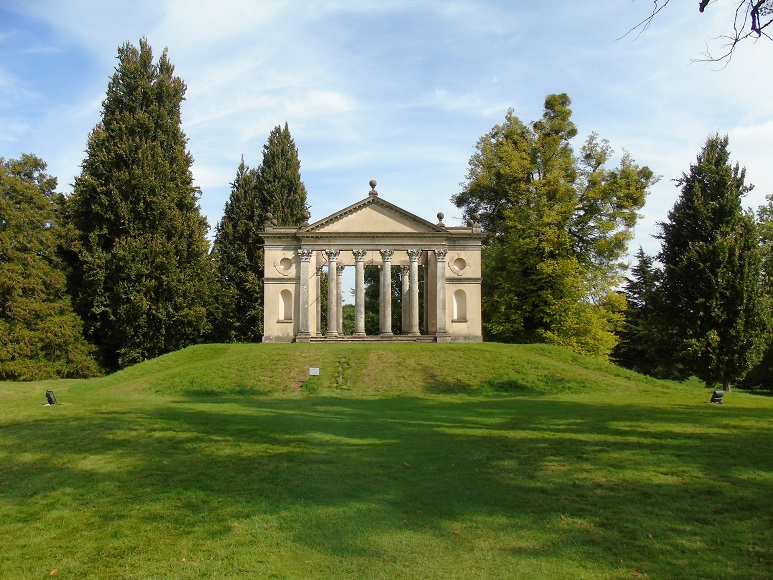
Tickets are allocated for morning or afternoon entry to the house, and as we were driving down just for the day we opted for an afternoon ticket. Arriving a little early, this gave us time both before and after the tour of the house to explore the grounds. Compared to a lot of the stately homes we have visited, the grounds at Highclere Castle were a bit plain and disappointing. There is a small temple which offered great views of the house, yet unfortunately this seemed to be a popular place for picnics and it was full of people for most of the day. The gardens were well kept, if not a bit disorganised and poorly planned, but for the most part the grounds seemed to be nothing more than open fields. All in all I’m glad we went, not for anything to do with Downton Abbey but for the Ancient Egyptian exhibition and the house’s connection to one of the greatest discoveries in modern history. But in saying that, I wouldn’t be in a hurry to return.
***
This castle is probably more famous as Downton Abbey as it has been used as Lord Grantham’s mansion in the TV series. Despite this, the castle has its own history that has little to envy of the fictional story. The property belongs to the Carnarvon family and part of the basement is dedicated to the Egyptian expedition that discovered Tutankhamun’s tomb in the Valley of the Kings. Remember our post about Luxor? That same one! Anyway, let’s go back to the castle for now. The visits are not usually scheduled on weekends but you have access on Bank Holidays. Due to the fame of the place, I recommend you book before you go. You can choose the morning or the afternoon visit and decide to include or not the Egyptian exhibition.
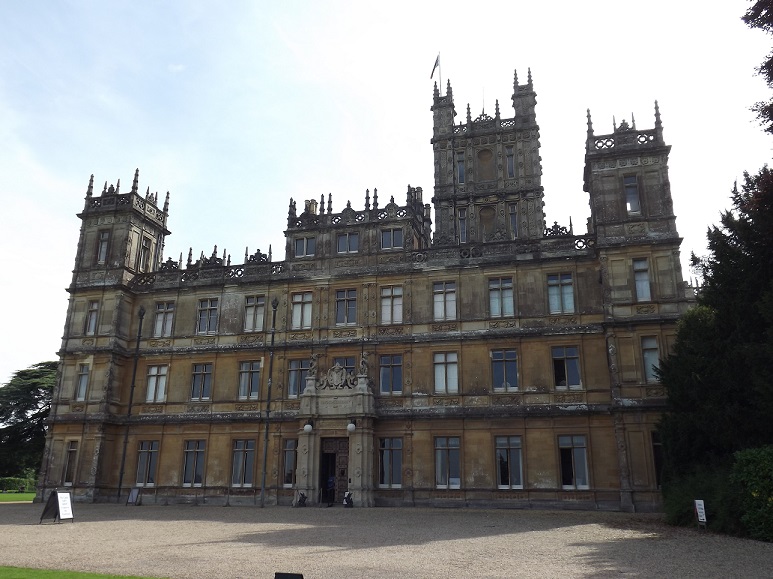
The castle from the outside is a lot less majestic and impressive that you may expect from the TV series but the grounds are extremely pleasant. Photography is not permitted inside, which makes it a wonderful experience, as otherwise it would all be crammed with people trying to take pictures with the characters’ life-size reproductions. The visit follows a one-way path and is extremely enjoyable, both for Downton Abbey’s fans and not, as the rooms are lively and it can be seen that the current Lord and Lady Carnarvon still use the house to entertain despite usually living in a nearby cottage. Check out her blog about real life in Downton Abbey.
Lanhydrock
During our trip to Cornwall (our post can be found here) we stopped in at a National Trust property on the way back, Lanhydrock Estate. Situated just south of Bodmin Moor, this stately home boasts huge expanses of outside space as well as the home itself. From the carpark, a short walk down a tree-lined avenue brings you to the gatehouse, now used as a ticket booth and information point. Passing through this imposing and impressive structure brings you to a wonderful view of the house entrance and the pathway and grounds leading to it.
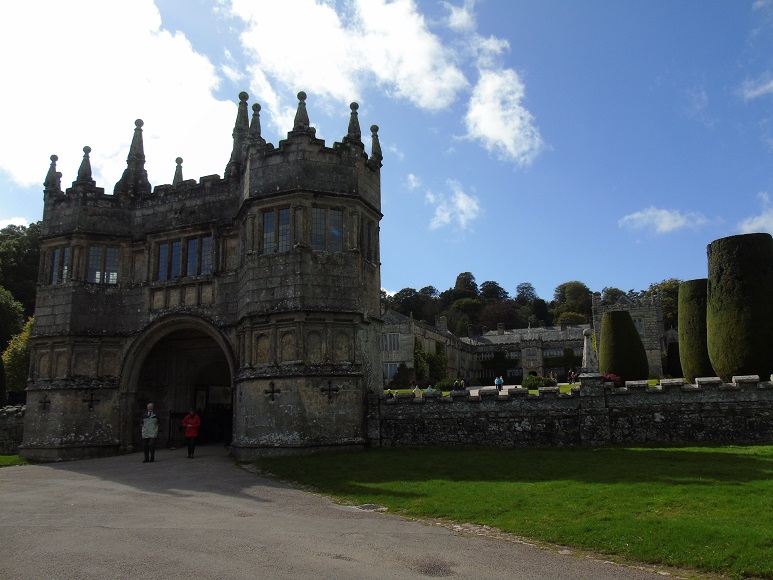
Once inside, as with many National Trust properties, the rooms have been furnished using items from the same period as the house, if not having been left with the house as well. In this case, the decor is mainly from the Victorian period, and each room shows obvious signs of this. I’ve always found the Victorian style of artwork and decorating to be slightly disturbing, with harsh features and a sort of dark quality about it. Here was no different, with most of the rooms containing stuffed animals as hunting trophies and eerie cardboard cutouts of the long-departed residents. Nevertheless the rooms were still impressive, I particularly enjoyed the library and long gallery, and every area of the house is open to visitors, right down to the servants quarters and the kitchen.
Back outside we had a quick look around the sculptured gardens surrounding the house, which are wonderfully understated. They are by no means grand or extravagant, yet they are very well taken care of and a nice place for a short stroll. At the back of the gardens is St Hydroc’s Church, a small parish church that serves the estate and the local community. The church is situated very close to, and is the focus of the views from many rooms in the house. There is nothing particularly grand or spectacular about the church, it is much like any other small parish church in England, but there are some connections between the church and Lanhydrock’s residents that are nice to discover. We didn’t have time to explore the grounds outside of the gatehouse, all I will say is that they seemed very extensive and well-maintained. That was the end of our visit here, as we had to continue our journey home, and I would definitely be keen to return, if we are in the area again, in order to explore further.
***
You have already seen some images in our previous post about Cornwall but we still have to tell you almost everything about this visit. The house was destroyed in a fire at the end of the XIX century and it was rebuilt as a family home. Some of the rooms really show this aspect, especially the kids’ rooms with all their toys.
The access to the house is granted by a gatehouse that looks more like the ones you expect with a drawbridge, but the garden inside and the house are very different. The Drawing Room is very peculiar, looking immense from one side thanks to the big window at the end, on the opposite wall; if you just stand in front of the window, though, the optical illusion disappears and the room just becomes a big room divided in two by some folding screens and too full of pieces of furniture and decorations to feel homely and comfortable.
The library definitely is my favourite space, as usual. The room is big, with books covering all the walls and an empty central space that, together with the wooden walls and the majestic plaster ceiling, makes it feel peaceful and embracing. Some of the most important books are kept in glass displays covered by thick fabrics embroidered with literary quotes. They are beautiful to see, and one of the main features of the library is a book that belonged to Henry VIII and helped him obtain the annulment of his marriage.
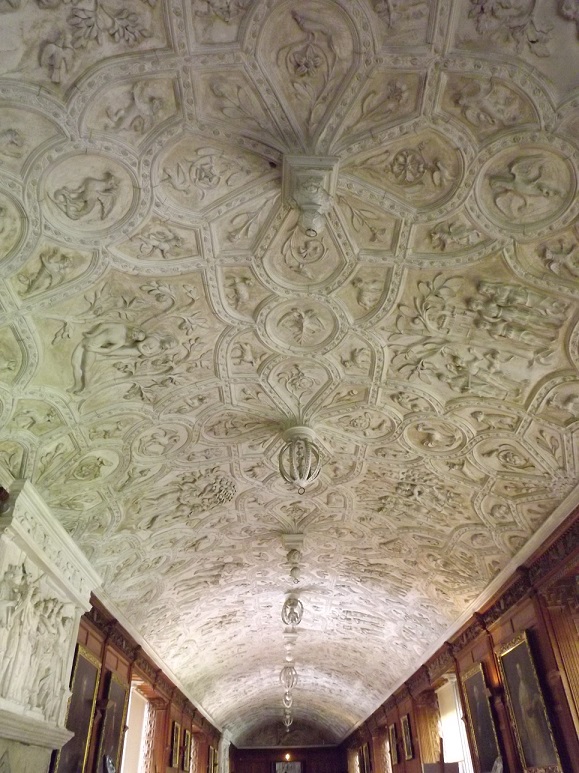
Probably the most disturbing aspect of the house is that it is filled floor to ceiling with examples of taxidermy, a very common practice in the past centuries. The rooms are decorated with carpets made out of tigers, head trophies, and full dioramas with stuffed animals and gives you a strange feeling of oppression in some rooms.
The servants’ quarters and the kitchens are probably among the most interesting I have visited to date, with plenty of rooms dedicated to different functions and real objects and food to clearly explain the use of each space. The fridges and freezers were a big advance at the time and you can admire how they would keep their food fresh, you can see cakes, jellies, cheese and butter on the table ready to be taken upstairs, the oven and the utensils to prepare the bread, the sugar and the spices in their storage place, and plenty more.
The estate includes the grounds and a chapel just on the the side. The grounds are famous for their colours and decorations, with the perfectly shaped trees and the carefully kept flowerbeds.
Wimpole Estate
Wimpole Hall is one of our local National Trust sites, and one that had been on the wish list since we first joined. When we heard that there was to be a local produce fair held in the grounds, it seemed like the perfect excuse to finally tick it off the list! And we were certainly glad that we did as it turned out to be a delightful place to visit. The house is not as big or as extravagant as some that we have visited, but it has been incredibly well preserved both by the National Trust and the previous owner. A lot of the furnishings are not original as the contents were once sold off separately to the house, yet a lot of them have been recovered and, where that hasn’t been possible, replacements from the same period have been used.
The tour of the house gives a full impression of what life would have been like here in its heyday, with all areas of the house open to the public. The tour begins in the reception rooms, with the Yellow Drawing Room being the main attraction. This huge room was a late addition to the house, but instead of an extension being butted onto the building, walls and ceilings were ripped out to create a space for this wonderful room. In total seven rooms were destroyed to make enough space available, and Queen Victoria was suitably impressed when she was received here on her visit to the estate.
As you work your way around the house, you will come to the largest library owned by the National Trust. Visitors aren’t allowed to enter the library fully, but you can step inside the doorway and view the vast collection of books. The reading room just at the entrance to the library is accessible, where some of the collection can be seen a lot closer. My other favourite rooms were the gallery and the chapel, the latter of which you can catch a glimpse of at the entrance to the house. The gallery is not as long as those we had seen before, but that made it no less impressive and the grand piano is always a welcome sight in my eyes. The chapel is ornate, but not oppressively so, with fantastic artwork covering the walls and ceiling.
I have to say that I found all the rooms at Wimpole very charming, and a nice change from the usual style found in stately homes. They aren’t filled to bursting point with ornaments, paintings, and statues in order to show off the wealth and taste of the owners. They are all decorated, still with very fine and expensive things, in a much more restrained style, with the decorations used to enhance the features of the room rather than as focal points themselves. This for me is more impressive, as it shows a more sensible and less egotistical approach, and I found it much more enjoyable. It may just be because a lot of the contents of the house have yet to be recovered or replaced, but in my opinion it is all the better for it.
After finishing the tour of the bedrooms and reception rooms, it is also possible to explore the lower levels and the real working rooms of the house. The kitchen, larder, and preparation rooms are all open for viewing, along with the produce and artefacts that would have been used. Also the servants quarters have been preserved and are free to walk around, giving a real insight into how life would have been for them. Wimpole Hall really felt like we were in a grand home that was still in use, but the family were on holiday and had taken their staff with them. A lot of stately homes feel more like museums, with the collections that the house contains being the main draw. Here was completely different, and it was obvious that the National Trust had wanted to showcase the way of life rather than the treasures they had obtained, and they have done a wonderful job of just that.
Near the end of the tour, just before entering the servants areas, was a real surprise, a bath house that had been built into the house rather than as a separate building. At the end of a small, plain corridor was this huge room made completely from marble, yet painted in parts to look convincingly like wood, and the huge bathing pool seemed to come out of nowhere. Using state of the art technology to heat the water and even to run a heated shower, this really must have been the talk of the town! I thoroughly enjoyed walking around Wimpole Hall and I can’t wait to go back nearer Christmas when the house is turned into a Victorian Christmas setting. We also didn’t explore the grounds too much due to the weather, so I’m sure we’ll be back there very soon.
***
Another building managed by the National Trust, this home seems to be the favourite of the neighbourhood as it was full of families that seem to know the estate pretty well. I have to admit, the estate seems a place that offers something for every age, more than some others.
The last owner of the estate before the National Trust was Elsie Bambridge, Rudyard Kipling’s daughter, and probably this literary background is part of the magic I found in this house. The library is a dream for any booklover, with the only downside that you cannot walk around it but only admire it from the door. Apparently, the library was bought by the Bambridges with the estate from the previous owners, while most of the furniture and decorations were added in style at the end of the XIX century by the Bambridges.
The bedrooms are quite modern compared to other stately homes, with an adjacent bathroom for both main rooms. Yes, the lord and the lady of the house preferred to have separate bathrooms, we can but support their choice! Despite having a fully functional bathroom, though, the lady of the house seemed to prefer to bathe in front of the fireplace in her bedroom. I can’t understand this, but I guess old habits are hard to die.
The estate is vast and in front of the house is a 2.5 m long parkland that looks like an immense driveway. It is not something that was not completed, it was created like that to offer a long, undisturbed view from the house.
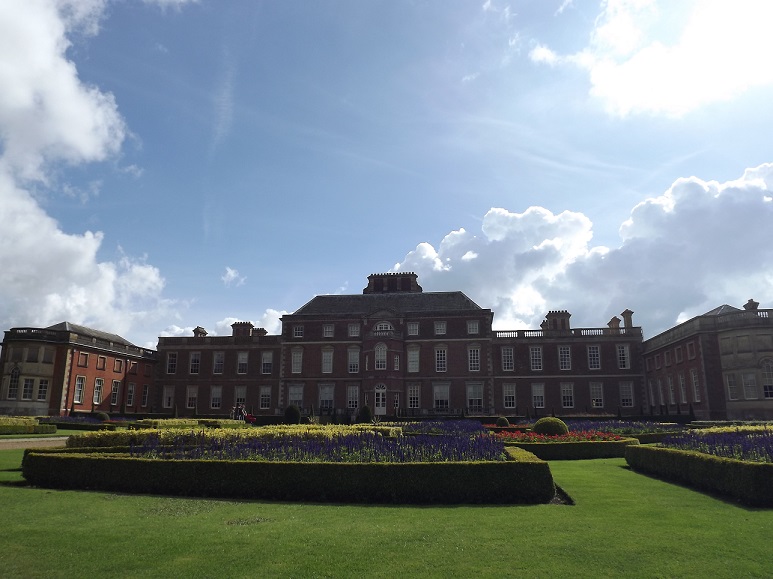
We went the week of one of the produce fairs and I would suggest you do that if you can, as you can find local produce of extremely good quality and the price is ridiculously cheap. The estate also includes a farm and the folly in the distance. Having grown up in the countryside, the farm is not interesting at all for me, but the folly seemed nice to explore, although the rain prevented us from doing so.
Hatfield House
Hatfield House was our most recent visit and, with it being just around the corner from my workplace, one that we had overlooked for quite some time. This is the house that Queen Elizabeth I had stayed at during her sister’s reign (Queen Mary I) and it was where she was informed of the death of her sister and her own ascension to the throne. This was obviously a reason to visit in itself, but we’ll get back to that later. The estate consists of many buildings, with the visitor centre, ticket office, gift shop, and restaurants being housed in what appeared to be the old stables. These are all gated off from the main part of the estate, and it isn’t until you proceed through the gates that the house comes into view.
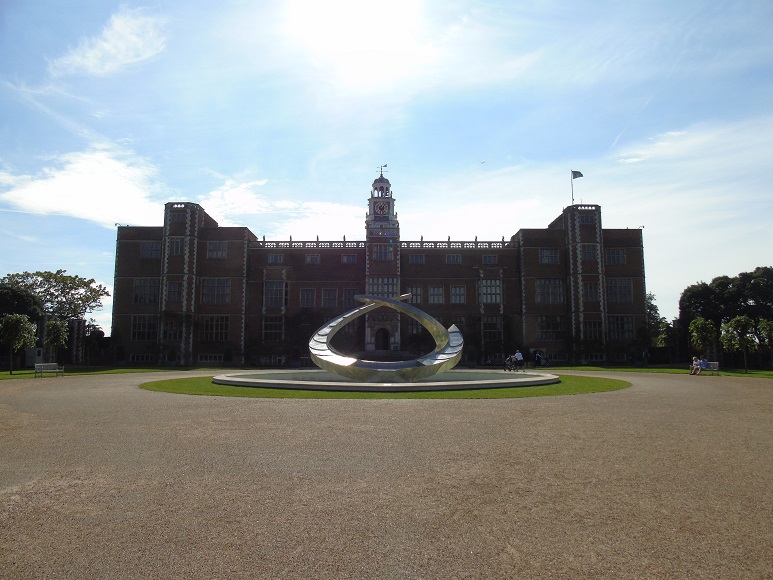
Rather than the stone façades that most stately homes exhibit, Hatfield House is built from red brick and more reminiscent of Hampton Court Palace (understandable as they both were built at a similar time). A long driveway leads up to a large fountain in front of the house, which at the time had been replaced by a modern sculpture that I hope is not a permanent feature (it would be wonderful in a more suitable setting). The house itself is very grand and this continues to the interior as well, which is evident from the very first room. The walls are filled with portraits and other fine artworks, mostly of royalty and nobles from the Tudor and Stuart periods, and grand, old staircases ferry visitors between the different areas of the house. There are a few dining rooms along the way, each presented as if an extravagant meal will be forthcoming, and the usual bedrooms and drawing rooms which are all filled with wonderful artworks, statues, and furniture. This house also has a fantastic and extensive library, brimming to the rafters with ancient books on all manner of subjects. Whenever we go into a room like this, I always wish I could cosy up in one of the fine armchairs for a few hours with a book from the shelves, unfortunately I think this may be frowned upon!
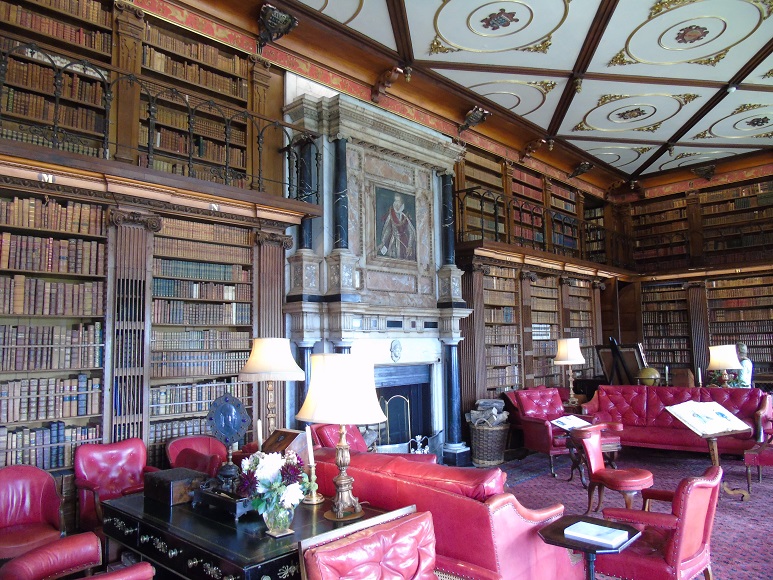
On this visit we had more time to explore the grounds after touring the house, and we were also fortunate to have fairly decent weather. The gardens surrounding the house make for a nice stroll, with fountains and statues dotted amongst the flower beds. A part of the gardens was not accessible due to a wedding at the time of our visit, yet we could still see into the garden if not actually enter it. After this came the main reason for our trip, the spot where Queen Elizabeth I is reported to have been told that she was now queen. This is a short walk from the house, along the tree-lined driveway, where the gardens give way to more open parkland. The original tree is no longer there, but the spot is still marked by a tree planted by Queen Elizabeth II in 1985.
There are a number of walking paths around the grounds, and we chose to continue our walk and see what else we could discover. We first came across a castle folly, built on the bank of the river. It isn’t possible to go inside the folly, however there are no doors, just gates, and it is still possible to see what it is like inside (fairly spartan to be honest, it didn’t look like it gets much use anymore). Then we walked down to the river bank and walked along for a short while, which was a really pleasant place for a walk despite the motorway noise in the background. By this point the path swings back round to begin heading back towards the house and, starting to feel a little tired, we took its advice and decided to return also. A small French market being held in the grounds provided us with some well earned treats to enjoy, and with that we went back to the car contented and having thoroughly enjoyed our day at Hatfield House.
***
This beautiful mansion just closed for the season and is probably one of my favourites. It is part of the Treasure Houses circuit and you won’t be disappointed. Don’t forget that you have a 2×1 voucher for your next visit to another house of the circuit and that the entry to the house is free for the whole season after the first time. It is famous for having been the place where Queen Elizabeth I was residing when Mary died and she was proclaimed Queen of England.
Parking is a slow process but there is plenty of space. A little train takes you around the farm and crosses the parking area. Before arriving to the house, you have to cross the food court. The entrance to the church is also under an arch before this area. When we visited, part of the grounds were occupied by the French produce market and I have to admit that you find products of very high quality, it is worth a stop. The garden this year also hosted an exhibition of big top hats that were decorated by local groups.
In front of the main entrance there is a contemporary water sculpture by Angela Conner. The house is majestic outside and inside, with wooden stairs and decorations. The Marble Hall welcomes you with its marbles, of course, and a beautiful wooden balcony. In this room you can already guess the incredible amount of art that will await you in the rest of the house. At the end of the room is the famous Rainbow portrait in which Queen Elizabeth I holds a rainbow in her hands. The tapestries are slightly damaged by the passing of time but the paintings and furniture pieces are incredible. Another famous portrait of Queen Elizabeth I is on display in King James Drawing Room along with many other precious paintings and a life-size sculpture of King James I. This portrait is called the Ermine portrait, as it features a little ermine on the queen’s sleeve.
The Winter Dining Room is another impressive room with four tapestries representing the four seasons. As for the library, you already know my love for them and this picture can explain to you a little how much I loved this one.
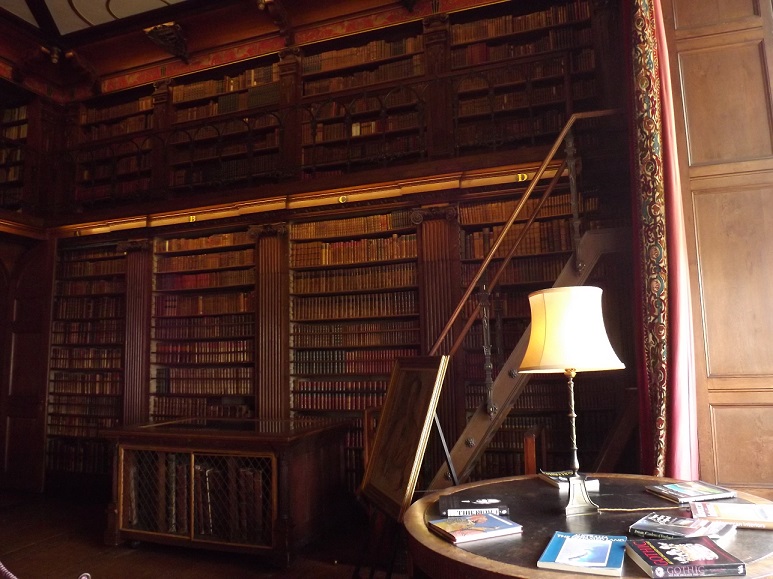
On the ground floor you can admire several examples of weapons and armours along the armoury and then enjoy the sight of a full working kitchen on the lower level.
The grounds are quite vast, as it is to imagine, with the oak tree under which it is said Elizabeth received the announcement. It is not the original tree, but one that Queen Elizabeth II planted in 1985 to commemorate the event, but it is the same spot. Further along you can see the folly (with the highest amount of ladybirds ever seen by human eyes… well, by me!) and apparently the vineyard. We could not find it but we still enjoyed a good stroll through the woods.
* Bonus feature – Twilight at Burghley House*
Burghley House featured in our first Stately Homes post, as it was one of the first homes that we visited. On hearing about their Twilight Tour evenings, held over a long weekend in October, we couldn’t resist a return visit. This turned out to be a spectacular way to see the house and the organisers did a superb job. As usual, we entered through the kitchen and the change in atmosphere was immediately apparent. The low level lighting and quieter, more relaxed ambience was the perfect start to the tour, as we enjoyed our welcome drinks before moving on to the main body of the house.
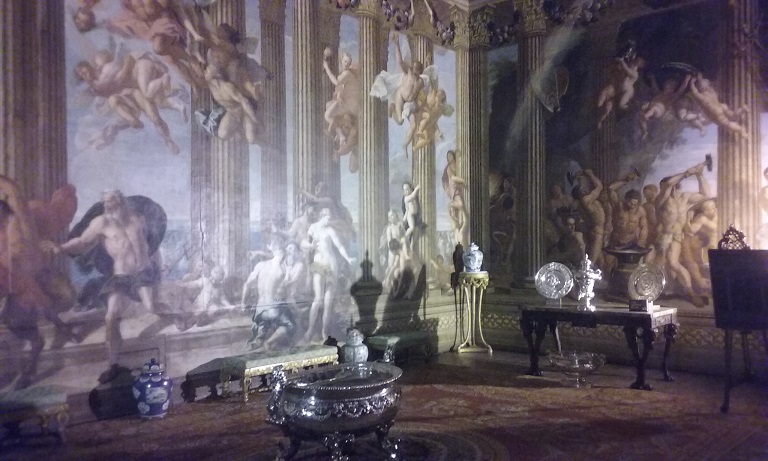
The bedrooms and reception rooms were even more impressive, as the light dimmed further and seemed to enhance the beauty of all the exquisite furniture and artwork. A even nicer touch were the musicians that were playing in some of the rooms, really making it feel like we were a guest there for a night of fine dining and entertainment. It was definitely worth the return visit, not only for the change in ambience and mood, but also for a second chance to see the little details that we may have missed on our first visit.
They saved the very best until last, and the final room definitely left us with some very happy memories. This was a large hall, possibly a banqueting hall, that had been completely cleared to make a huge open room. The large fireplace at the far end of the room had been lit, and it was the perfect environment in which to enjoy another drink while listening to the harpist playing beautiful music. It was a wonderful experience and one which I am incredibly grateful that we decided to try. The evenings have finished now for this year, but if you live in the area I would highly recommend going for an evening during next year’s event.
***
You probably have read everything about Burghley House on our previous post about stately homes but, if you want to catch up, you can find it here.
The house offers a twilight event for a few nights and you can enjoy the house in dim light and with live music and readings in different rooms. The tour starts with a glass of prosecco to enjoy in the kitchen before heading to the upper level. The staff are available in the rooms to help you exactly as during the day but you have no audio guides. The connection is not the best but you may still be able to access the website and check out some of the paintings as they are all listed in there.
Among the live activities, I have particularly enjoyed the Baroque Choir in the Pagoda Room and the harp music by Soraya Vermeulen. Check her out, she is amazing and really lovely to talk to, you should keep this in mind if you want to hire someone for your event!
The Twilight events are over for this season but you still have some events for Christmas in the grounds. The house itself will close to the public on 29 October, so you still have a few weeks to visit if you want. We may go back, but we still have a few more houses to visit. Stay tuned!
Mr Wander & Ms Lust
